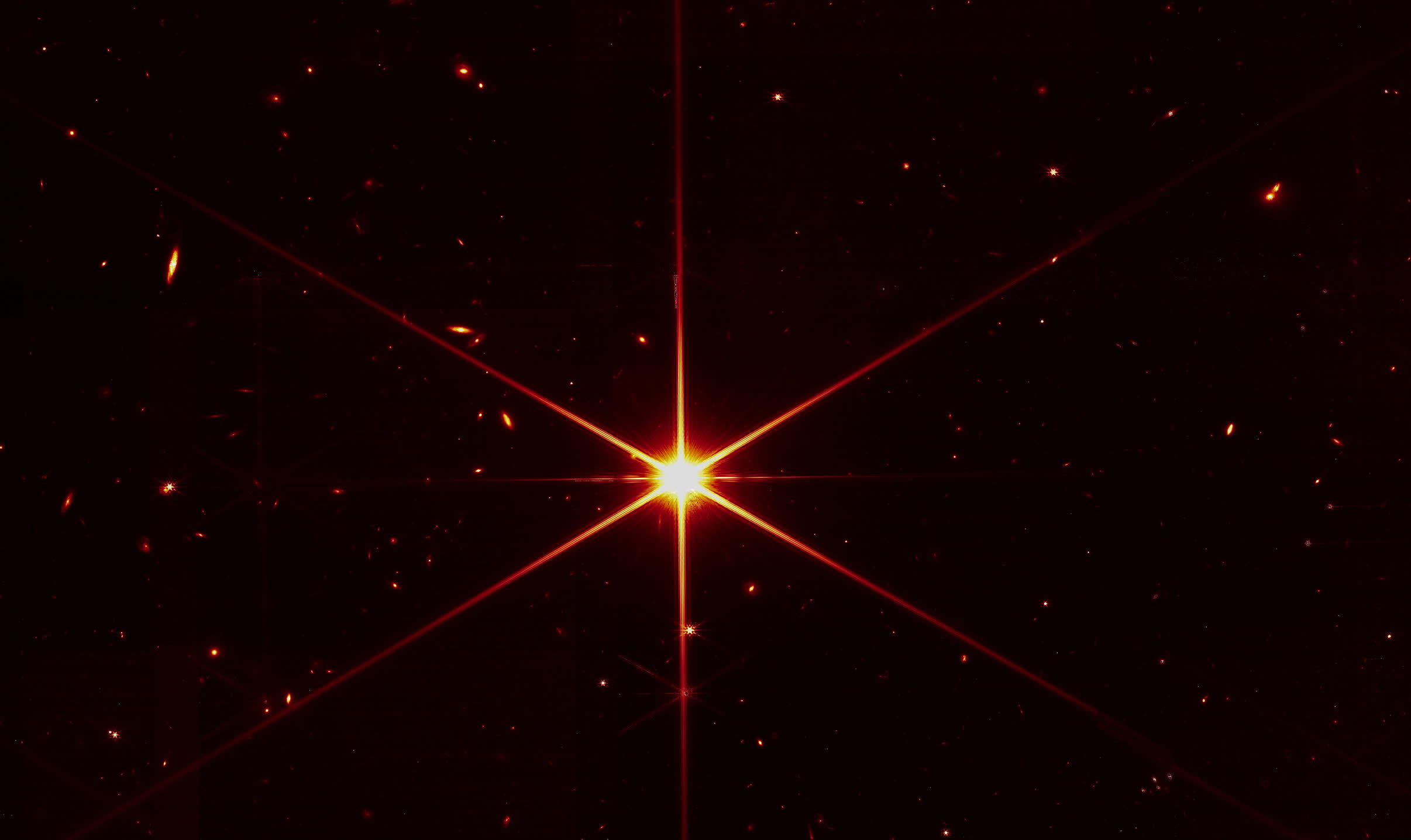What just happened? NASA recently completed a series of critical mirror alignment steps on the James Webb Space Telescope. During the "fine phasing" stage, NASA had to check and test every optical parameter to ensure it is performing at, or above, expectations. No issues were encountered, leaving the team confident that Webb's optical performance will indeed meet or exceed the goals it was designed to achieve.

"We have fully aligned and focused the telescope on a star, and the performance is beating specifications. We are excited about what this means for science," said Ritva Keski-Kuha, deputy optical telescope element manager for Webb at NASA Goddard. "We now know we have built the right telescope."
Furthermore, NASA found zero critical issues and no measurable contamination or blockages in Webb's optical path. As such, the telescope is able to gather light from distant objects and deliver it to various onboard instruments without issue.
NASA captured the image above of a star known as 2MASS J17554042+6551277 to evaluate the recently completed alignment phase. The target is the bright spot in the middle, but because Webb's optics and the Near Infrared Camera (NIRCam) instrument – Webb's primary image sensor – are so sensitive, several other stars and galaxies also show up in the background. A red filter was used in the image to optimize visual contrast, NASA said.
The Webb team will spend the next six weeks completing the remaining alignment steps ahead of final science instrument preparations, which could start in early May or sooner. The first full-resolution imagery and science data is expected to be released this summer.
https://www.techspot.com/news/93818-james-webb-space-telescope-passes-key-alignment-phase.html